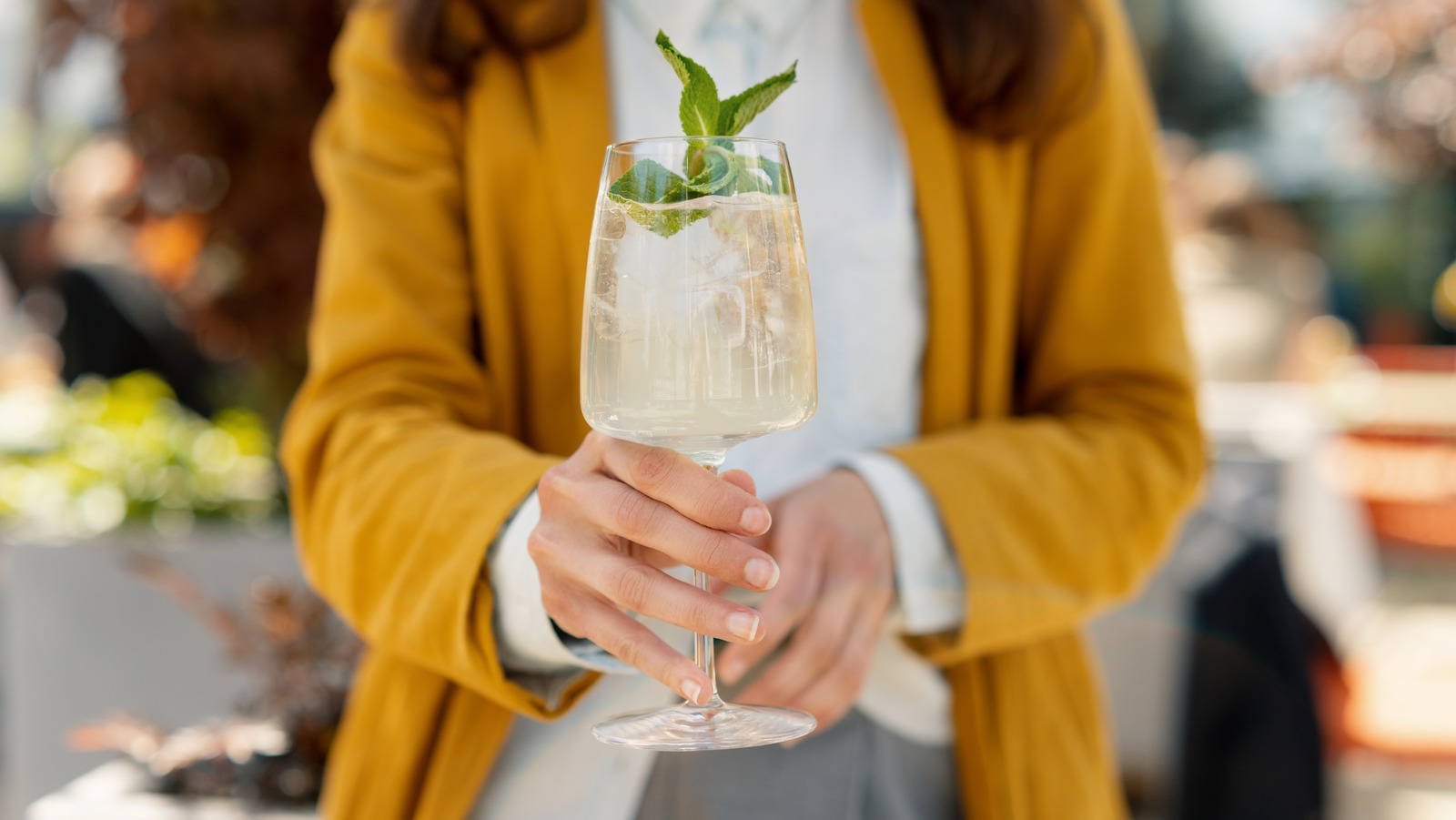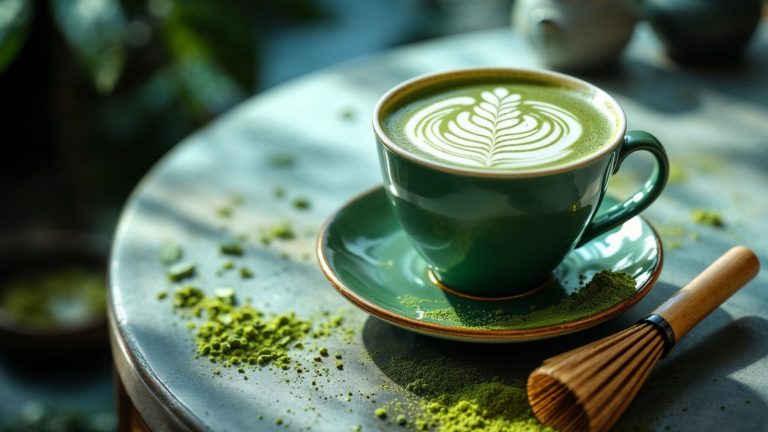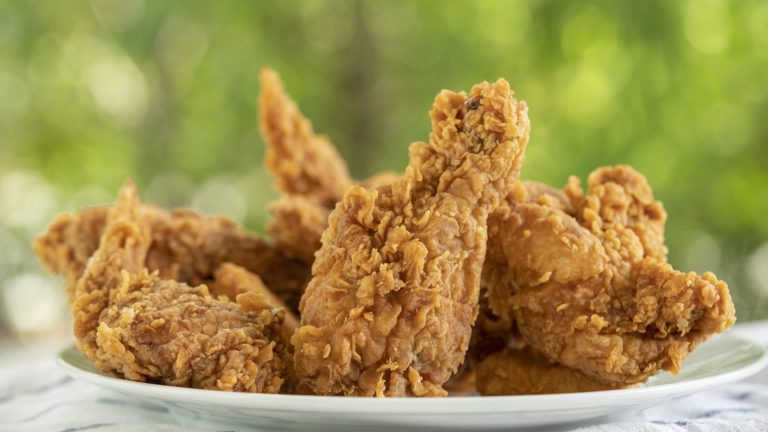Think of Italian cuisine, and archetypal associations likely include pizza, pasta, and wine. While such elements are simplifications of the European country’s complex offerings, it is true that Italy abundantly consumes the fermented beverage. Italian wine culture runs the gamut from whites like the best pinot grigios, to the widely cultivated red sangoviese, and many more varieties in between. However, enjoying the beverage in Italy doesn’t always entail formality; some even mix their red wine with ginger ale.
Much like Spain’s tinto de verano — which uses lemon soda — this drink presents an especially casual mode of enjoyment. The wine’s tartness, tannins, and booze all dull down, instead bringing out a gentle fruitiness. Ginger ale adds a delicious dose of sugar, while still offering a gentle kick. Paired together, the drink is extraordinarily sippable, especially since it’s both chilled and bubbly. And you can throw in berries, citrus, or even a dash of rosemary to keep flavors dynamic. Best of all, the employed wine doesn’t make a huge difference: This is a great way to enjoy a cheap or unpalatable bottle.
Wine and ginger ale create an ultra-refreshing spritzer
A favorite of young drinkers, ginger ale and wine doesn’t exclude many possible ingredients. Indeed, the drink can be a vessel for boxed wine, serving as a foundation to make sangria. With further additions like fruit and liqueurs, the combo can make any wine taste flavorful. So if you’re looking to save money on wine but still enjoy some of its tasting notes, this drink’s a great option.
However, as with other cocktails, pay more attention to the ingredients, and the results will impress. Firstly, remember the difference between ginger beer and ginger ale; if you want a bit more spice and natural ginger flavor, go for the former. And when making the drink keep attention to the ratio; equal parts is a great starting point.
And accordingly, the employed wine does influence the palate, too. Red or white both work in this formula, so suit your tastes. For a red wine that won’t get lost in the soda consider a Nebbiolo; the variety’s famous for its bold fruit notes. Alternatively, among white wine options, the crisp, fruity and easily found pinot grigio is a good call. There’s no need to hunt down a specific bottle, but it is fun to see how the tasting notes mingle.






